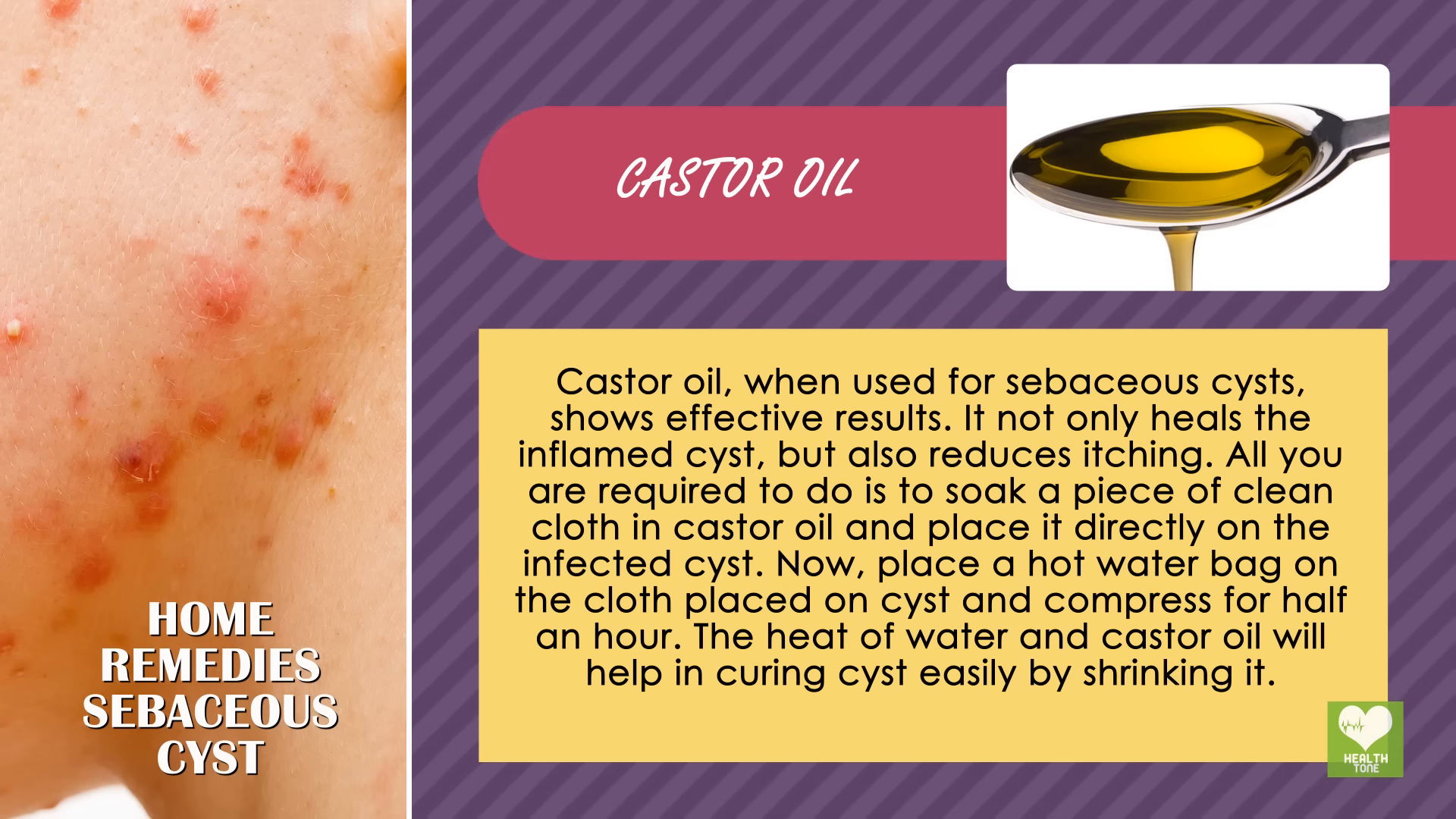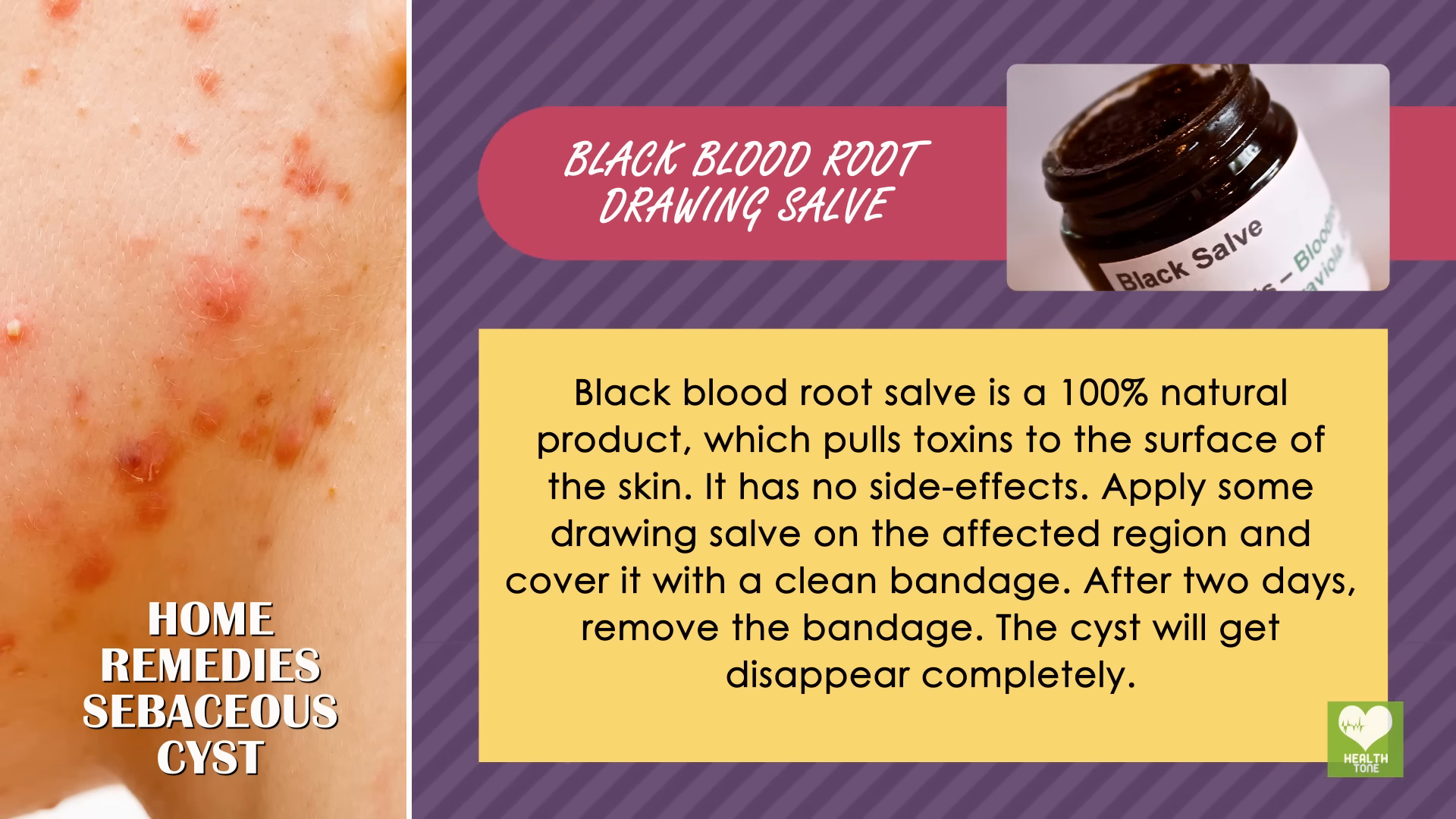Sebaceous cysts are common skin growths that can appear anywhere on the body. They are often harmless but can sometimes cause discomfort or cosmetic concerns. Understanding the causes, symptoms, and treatment options for is essential for managing this condition effectively. In this blog, we will explore the causes and symptoms of sebaceous cysts, along with various treatment options, including home remedies and medical procedures.
What is a Sebaceous Cyst?
A sebaceous cyst, also known as an epidermoid cyst or pilar cyst, is a closed sac under the skin filled with a cheese-like or oily substance called sebum. These cysts are usually slow-growing and can vary in size, often appearing as small bumps on the skin. Common locations for sebaceous cysts include the scalp, face, neck, and back.
Causes of Sebaceous Cysts
Sebaceous cysts can develop for various reasons, including:
- Blocked Sebaceous Glands: These glands produce sebum, and when they become blocked, cysts can form.
- Skin Trauma: Injuries to the skin, such as cuts or surgical wounds, can lead to cyst formation.
- Genetic Factors: Some individuals may have a genetic predisposition to developing cysts.
- Hormonal Changes: Hormonal fluctuations can stimulate sebaceous glands, leading to cyst formation.
Symptoms of Sebaceous Cysts
Identifying sebaceous cysts is relatively straightforward, as they exhibit specific symptoms:
- Soft, Mobile Lump: typically feel soft and can be moved slightly under the skin.
- Size Variability: They can range from a few millimeters to several centimeters in diameter.
- Skin Color: The cyst may appear as a skin-colored bump or slightly red if inflamed.
- Discomfort or Pain: While most are painless, they can become painful if infected or inflamed.
Treatment Options for Sebaceous Cysts
Treating can vary based on their size, location, and whether they cause discomfort. Here are some treatment options:
Home Remedies for Sebaceous Cysts
Many people prefer natural remedies for managing . Below are some effective home treatments:
Sebaceous Cysts Diseases
A therapeutic term used to characterize a shut sac under the skin which is loaded with a cheddar like or sleek material.
3. Castor Oil
Castor oil has healing properties and can help reduce the size of cysts. Soak a clean cloth in castor oil and place it on the cyst. Apply a hot water bag over the cloth for about 30 minutes to help the oil penetrate the skin.
4. Aloe Vera
Aloe vera is well-known for its soothing and healing properties. Apply aloe vera gel directly to the cyst for a cooling effect and to promote healing. Drinking aloe vera juice regularly can also help remove impurities from the body.

5. Apple Cider Vinegar
Apple cider vinegar is a powerful remedy for inflamed . Apply some natural apple cider vinegar to the cyst and cover it with a bandage. After a few days, remove the bandage and clean the area before applying a new one.
6. Witch Hazel
Witch hazel has astringent properties that can help reduce the size of cysts. Apply a small amount of witch hazel gel or cream to the cyst and let it soak into the skin. Over time, you should notice a reduction in size.

7. Iodine and Potassium Iodide
Applying iodine or potassium iodide to the cyst a few times a day can help treat the infection. These remedies are simple and effective for managing f.
8. Black Bloodroot
Black bloodroot is a natural remedy that can pull toxins to the surface of the skin. Apply a paste of black bloodroot to the cyst and cover it with a bandage. After two days, remove the bandage, and the cyst should diminish.
9. Hot Compress
Hot compresses can facilitate the drainage of the cyst and reduce inflammation. Apply a hot compress to the cyst for 10-15 minutes several times a day.

Medical Procedures
If home remedies do not provide relief or if the cyst becomes infected, medical treatment may be necessary. Options include:
- Incision and Drainage: A healthcare professional can make a small incision to drain the cyst and relieve discomfort.
- Cyst Removal: In cases of recurrent cysts or if they cause significant discomfort, surgical removal may be recommended.
- Injection of Steroids: Inflammation can be reduced by injecting steroids directly into the cyst.
Prevention Tips
While not all can be prevented, there are steps you can take to reduce the likelihood of developing them:
- Maintain Good Hygiene: Keeping your skin clean can help prevent clogged sebaceous glands.
- Avoid Skin Trauma: Protect your skin from injuries that may lead to cyst formation.
- Manage Hormonal Imbalances: Consult with a healthcare provider if you suspect hormonal issues that may contribute to cyst formation.
Conclusion
Sebaceous cysts are generally benign and can often be treated effectively with home remedies. Understanding the causes and symptoms of sebaceous cysts is crucial for managing this condition. If you experience persistent symptoms or discomfort, consult a healthcare professional for appropriate treatment options. For more health tips and natural remedies, visit Health Tone – YouTube.
